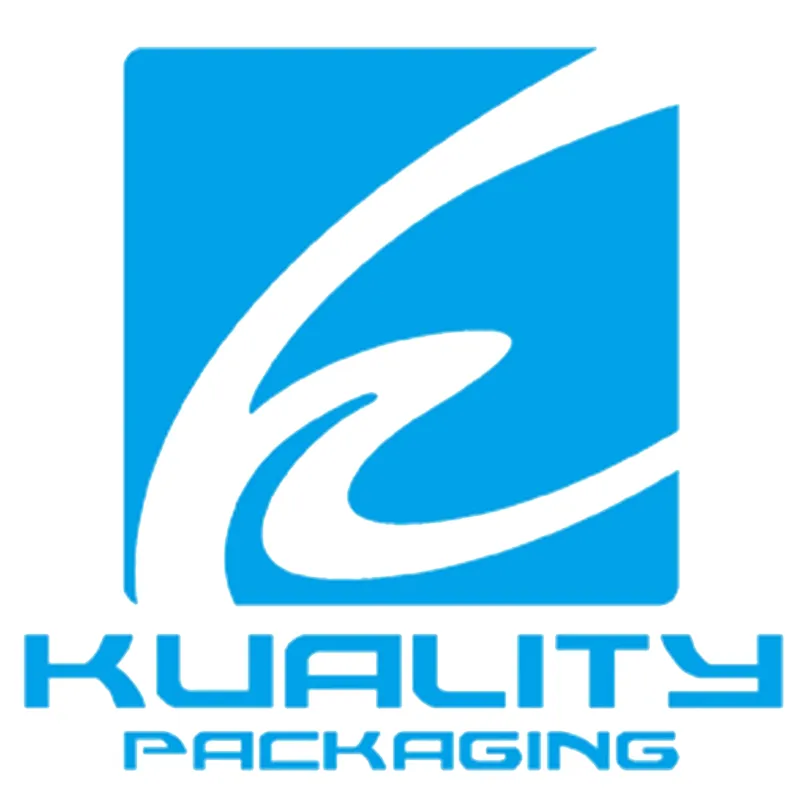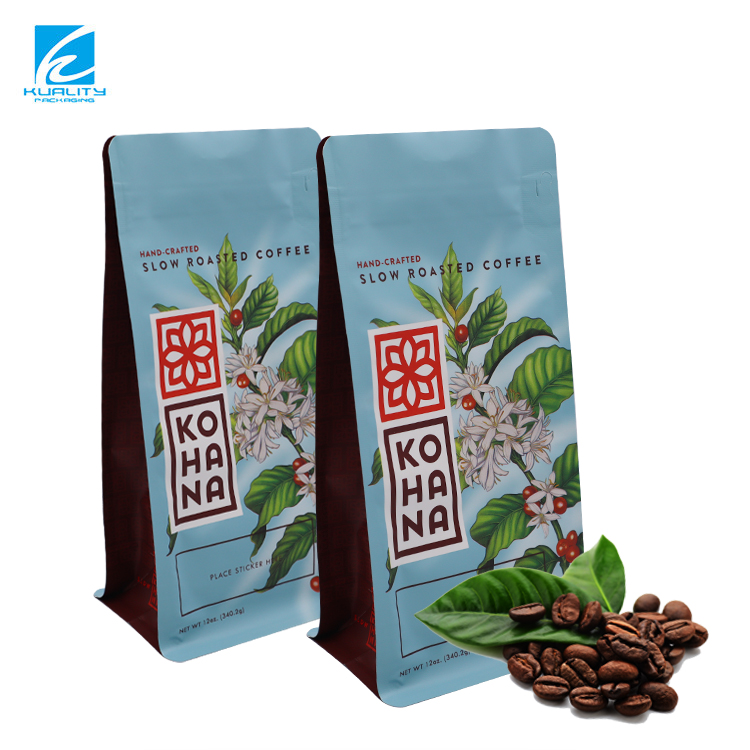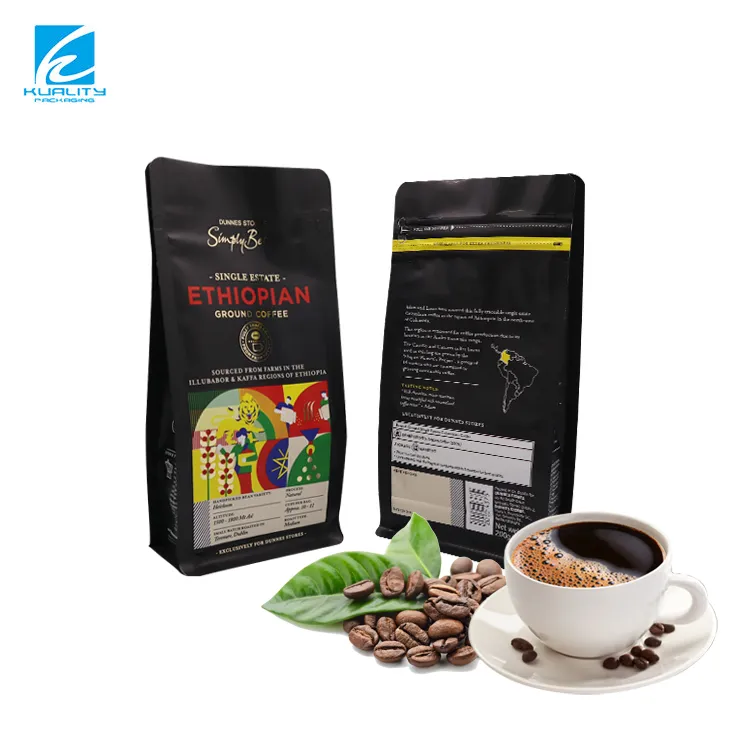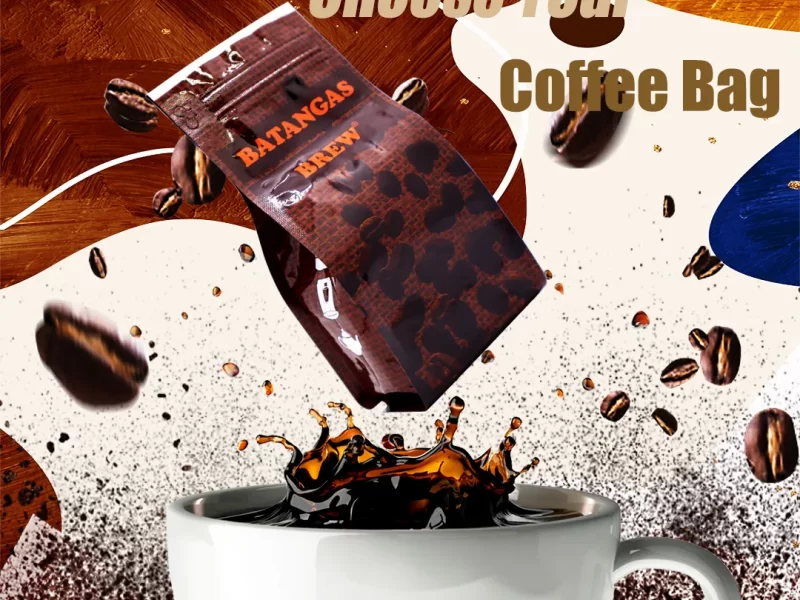
In the early days, the form of kahve ambalajı was relatively simple, usually in rough paper products or burlap bags, whose main function was to meet basic storage and transportation. Its main function was to meet the basic storage and transportation. Its effect in protecting the quality of coffee was quite limited. Early coffee packaging has the following shortcomings:
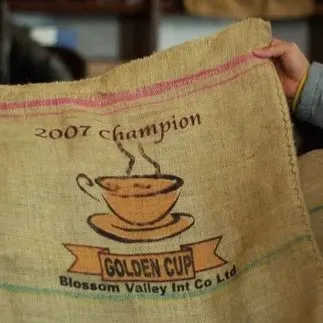
- Poor sealing: paper packaging and burlap packaging barrier are poor, unable to block the entry of air and moisture, which will make the coffee beans easy to moisture deterioration, and storage time is not long.
- Low protection performance: the coffee is not well protected, and the flavor and quality of the coffee cannot be maintained.
- Lack of aesthetics: no sense of design, unable to attract attention.
- Single function: the simple packaging can not have other ancillary functions, such as preservation of freshness, brand promotion, etc.
Characteristics of Kahve Paketleme Poşetleri
With the improvement in living standards, people’s requirements for food and beverages are also increasing. Coffee is a daily drink, and people also have certain requirements for its quality. At this time, packaging, as a carrier for storage and transportation, is also increasing as people’s requirements for coffee increase. To meet people’s needs, with the gradual upgrading of packaging, modern coffee packaging bags came into being, and they mainly have the following characteristics:
.webp)
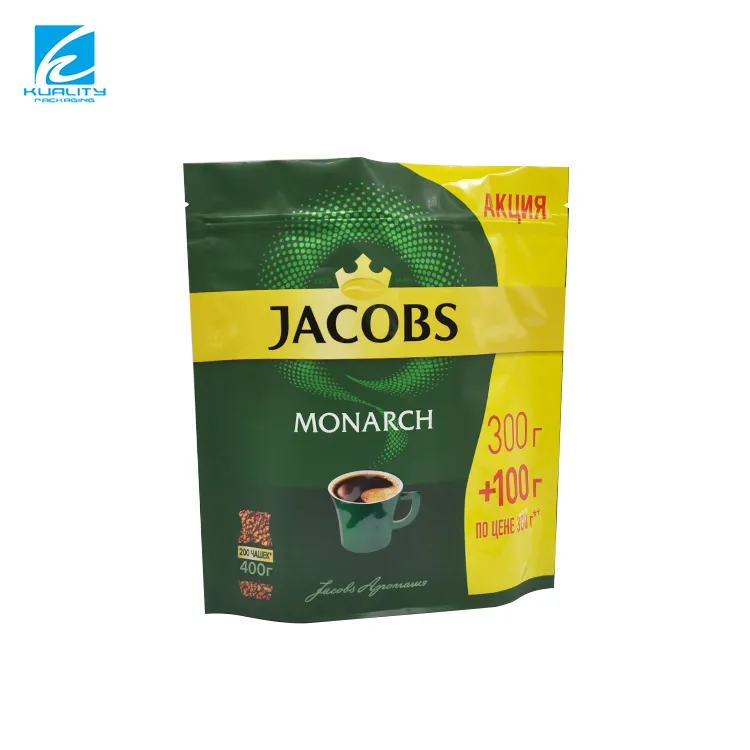
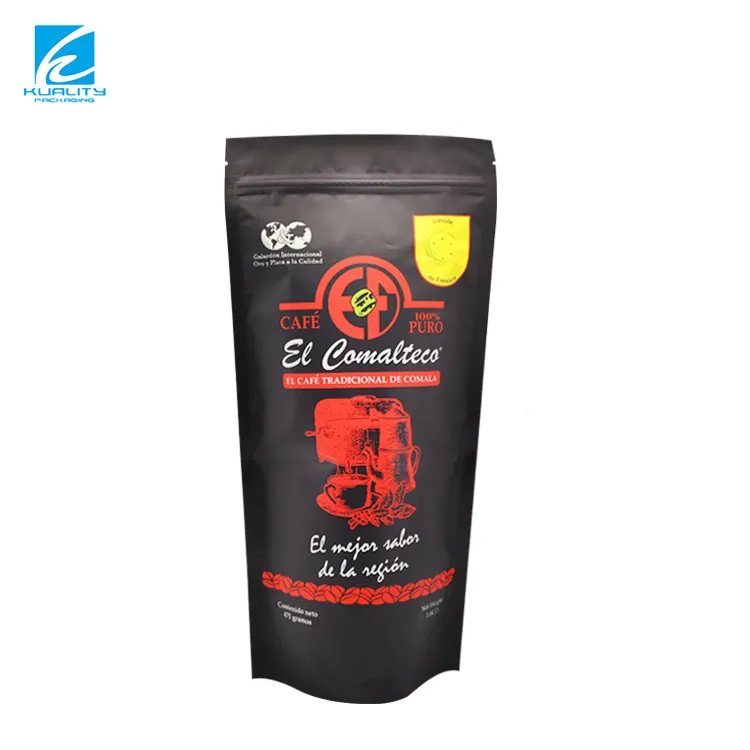
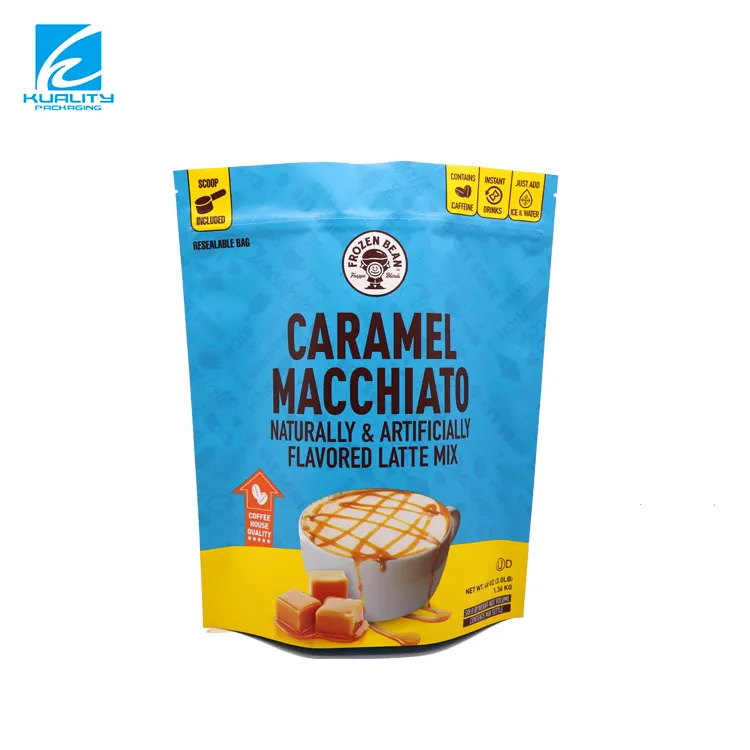
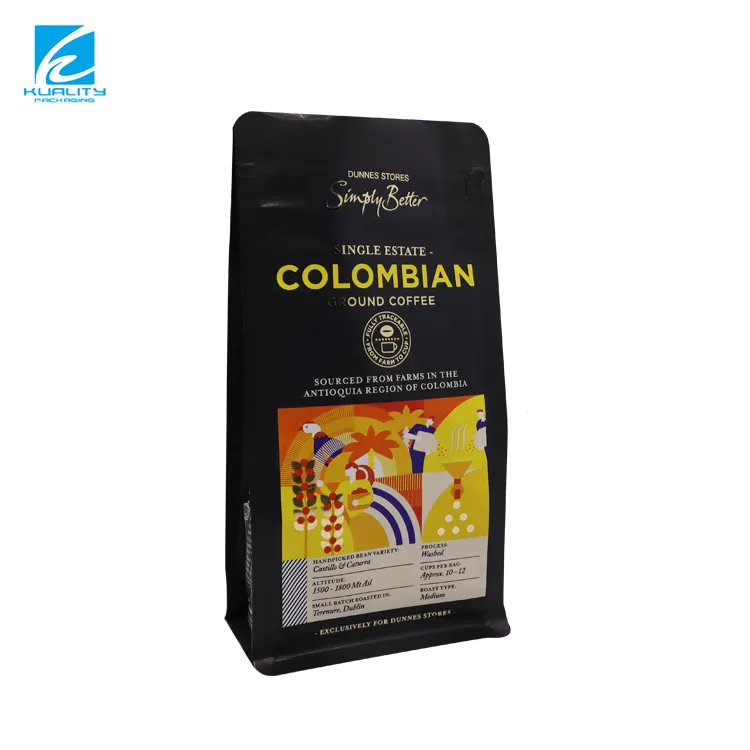
- High barrier property: coffee packaging bags can effectively block air, moisture, and light, prevent coffee from being affected by external factors and deteriorating, and maintain its original flavor and aroma.
- Easy to store and transport: it provides a stable environment for coffee, making it less likely to be damaged during storage and transportation, ensuring that it remains in good condition when it reaches consumers.
- Brand communication: packaging bags are one of the important carriers of coffee brands. According to the needs of manufacturers, exquisite designs and unique logos can be customized to convey brand image and values and enhance consumers’ recognition and loyalty to the brand.
- Improve consumer experience: high-quality coffee packaging bags can not only bring visual enjoyment to consumers but also make consumers feel convenient and comfortable during use.
- Reflect professionalism: a well-designed coffee packaging bag shows the producer’s attention to coffee quality and professional attitude.
The development of modern coffee packaging bags can be summarized into the following stages:
1. Single-layer plastic film bag stage: In the early days, plastic film bags were used to package coffee. Although they provided a certain moisture-proof function, they were still insufficient in terms of sealing and preservation effect.
2. Multi-layer composite bag stage: With the advancement of technology, multi-layer composite coffee packaging bags have emerged, combining the advantages of different materials to better protect the quality of coffee and extend the shelf life.
3. Functional enhancement stage: The packaging bags in this stage not only focus on protective performance but also begin to introduce some special functions, such as oxygen isolation and light avoidance, to further enhance the preservation effect of coffee.
4. Personalized design stage: Nowadays, coffee packaging bags are not only constantly improving in function, but also pay more attention to personalization and brand image in design to attract consumers’ attention.
-1.webp)
The Main Materials of Kahve Paketleme Poşetleri
1. Plastik: such as polyethylene (PE), polypropylene (PP), etc., which have good moisture-proof and oxygen-proof properties and relatively low cost.
2. Paper: such as kraft paper, etc., which are environmentally friendly and printable, but have relatively weak moisture-proof properties.
3. Kompozit malzeme: Combining the advantages of multiple materials, such as plastic and paper composite, which has good sealing and aesthetics
What are the characteristics and advantages of coffee bags made of different materials:
Plastic material:
- High barrier property: can effectively block the entry of oxygen and moisture to keep the coffee fresh.
- Good flexibility: easy to pack and use.
Paper material:
- Environmentally friendly and renewable: meets the requirements of modern consumers for environmental protection.
- Strong printing adaptability: can present exquisite patterns and texts.
Composite material:
- Excellent comprehensive performance: combines the advantages of different materials, such as moisture-proof, oxygen-proof, puncture-resistant, etc.
- Improve product grade: exquisite appearance helps to enhance brand image.
The Unique Charm of Different Coffee Packaging Bags Materials: Meet Multiple Needs and Market Positioning
Key technologies for maintaining freshness
- High barrier layer: effectively prevents oxygen, moisture, and odor from entering, reducing oxidation and moisture of coffee.
- Valve packaging: adjust the gas composition in the packaging bag, such as reducing the oxygen content to maintain the quality of coffee.
- Special coating: Aluminum film can be added to the composite material to enhance the barrier properties and ensure the freshness of coffee.
Moisture-proof, anti-oxidation, and other functions
- Moisture-proof: Prevent moisture penetration through well-sealed structures and waterproof materials.
- Anti-oxidation: Use low-permeability materials to reduce the contact between oxygen and coffee.
- Light-proof: Avoid the influence of light on coffee’s quality and maintain coffee’s flavor.
Summary: Kahve Paketleme Poşetleri Sustainable Development
With the continuous development of technology, the function and innovation of coffee packaging bags will continue to improve, bringing better experiences to consumers.
Huiyang Ambalaj has been specializing in flexible packaging films and bags for more than 20 years, providing safe and reliable packaging materials for kahve paketleme poşetleri It can also customize the bag shape, design, and functionality of coffee packaging according to your needs. We have accumulated extensive experience in raw material development, production, and quality control to ensure the flawlessness of each product.
Our factory is certified to several widely recognized standards, including SGS certification, ISO 9001 certification, and BRCGS food grade certification. We can offer you a one-stop service according to your requirements and provide free design or free samples.
If you are interested in our products, please feel free to contact us. You will find us as your good business partner.
